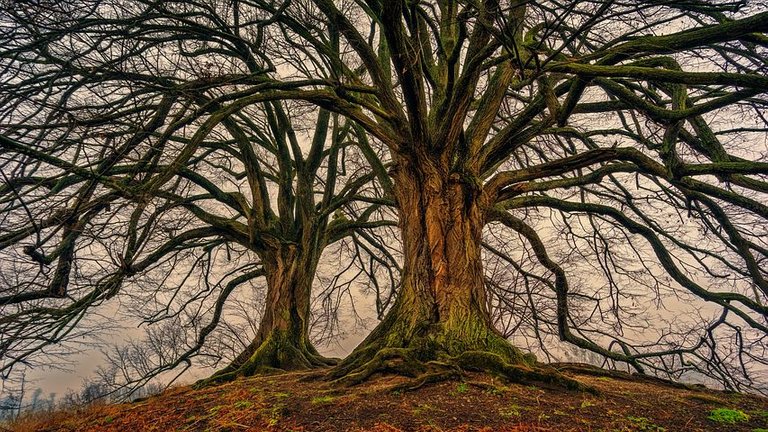



The pitter-patter of rain echoes through our metal boat as we chug down the Madre de Dios River in the Peruvian rainforest. Trees line the riverbanks, just visible through the dense fog and heavy rain, while macaws and capuchin monkeys screech in the background; the Amazon is just as we had envisioned.
But we are not your average tourists, birdwatching on an Amazonian tributary — we come equipped with an entire boatload of supplies to conduct research: 55-meter-long PVC pipes, six coolers, two enormous duffel bags, two large boxes and three camping backpacks. We are here to investigate something that is normally hidden from visitors yet is one of the largest environmental and human health disasters to plague the region: mercury contamination from artisanal and small-scale gold mining (ASGM).
Gold and other precious metals have been mined and exported from Peru’s resource-rich landscape since Spanish colonization began in the 16th century. In the last twenty years, gold mining specifically has become increasingly popular, offering promises to men from all over the country to “strike it rich” by mining this in-demand and profitable commodity. The mining practice continues to expand despite being completely illegal. The reason behind gold-mining’s success? Mercury. ASGM uses large amounts of this potent and dangerous pollutant to effectively extract gold from sediment. Mercury usage, in turn, spells lifelong health consequences for residents and wildlife, plays a large role in deforestation, has radical social effects and causes detrimental environmental contamination.
During the first few days of our adventure, the impact of ASGM remains invisible to us. Instead, we happily soak in the astounding beauty of the forest and the sincerity of its people. During our first stop along the Madre de Dios River, as we climb the steep mud stairwell from the boat to the small town of Boca Manu, we are greeted by delicious food, kind people and magnificent rainforest.
Yet, even on land, our view of all the activities occurring on the river in front of us serves as a reminder of how interconnected the people are with the water that runs by their town. In an effort to better understand this relationship, we ask a group of children to illustrate what the river means to each of them. Almost all of their drawings show a heavily forested riverside with a winding, clean river; large fish swim in the water, birds flit above it and people paddle across its smooth surface. The river they draw — the one they intimately know — is a river that provides the population with food, transportation and tourism revenue.
Yet, moving downstream on the Madre de Dios River, the landscape suddenly begins to deviate from the picturesque body of water depicted by the children. ASGM’s presence is very clear, ravaging the shores for hundreds of miles. First, dense old-growth forests are replaced with younger stands that struggle to grow after the rampant deforestation associated with ASGM (deforestation stems from mining camps, illegally built roadways and the mining itself). Then we begin to see large pyramidal mounds of rocks hugging the shoreline. Sometimes a pile stands alone, isolated from other pyramids. Other times they are found by the dozens, one beginning at the tail of another. As we stare at these piles of displaced rocks, we notice men poking their faces out of the water as they angle tubes into the sediment, and other men preparing the engines that rest on wooden platforms above some of the piles — these are the active mountains of rocks, formed as miners extract gold from the river in the process of ASGM.
Hi! I am a robot. I just upvoted you! I found similar content that readers might be interested in:
https://blog.nationalgeographic.org/2018/10/02/the-poisoning-of-the-amazon/